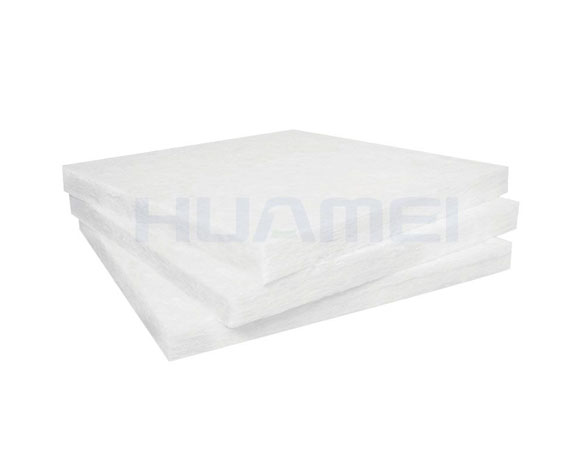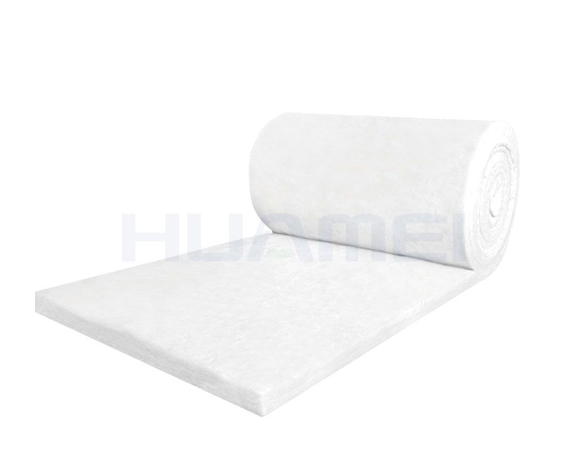E-mail: marketing@hbhuamei.com
Acoustic insulation with glass wool is designed to reduce noise and echo levels and promote good sound by treating walls and ceilings while preventing good sound from emerging through the walls. Acoustical services can be used to create a peaceful expanse and reduce noise levels. Whether a person wants these services for a house because a teenager is practicing drums, or needs soundproofing for a nursery, ward, home, library, etc., this solution may be a wise investment.
As our environment becomes increasingly polluted by noise, it is increasingly necessary to consider acoustical materials that offer the highest performance. A comprehensive range of products developed specifically to support the modern noise control engineer can reduce unwanted sound.
Glass wool insulation solutions are among the most environmentally friendly, stable, and sustainable insulation materials available. It is made from silica sand, the most abundant natural material on the planet. It has a minimal impact on the environment during manufacture, use, and disposal.

Formaldehyde-free Glass Wool
Zero Ozone Depletion Potential
Lowest volatile organic compounds
Use of abundant and renewable raw materials.
We offer a premium range of glass wool for the construction and air conditioning industry. These products are made from inorganic glass fibers joined with high-temperature resins and are widely known for their fine finishes. Our products are offered as per global quality standards and are available at industry-leading prices.
Glass wool is a fibrous material made from raw molten or broken glass. It consists of two types: loose wool and superfine wool. The fibers of loose wool are 50 to 150 mm long and 12 × 10 to 3 mm in diameter. In contrast, the fibers of ultra-fine wool are much finer in diameter, usually under 4 × 10 - 3 mm. It is also known as ultrafine glass wool.

Formaldehyde-Free Glass Wool
Loose wool can be used to make asphalt-bonded glass blankets and glass wool sheets. Superfine glass wool can be used to make ordinary superfine glass blankets, glass wool boards, alkali-free superfine glass blankets, high oxygen silica superfine glass blankets, and also for exterior wall protection construction and pipe insulation.
Glass wool decorative acoustic panels are ceiling decorative panels produced by using glass wool as the main raw material, adding a certain amount of adhesives, moisture-proofing agents, anti-corrosion agents, etc., through the process of pressing and drying. The surface treatment generally uses PVC film and aluminum foil with patterned patterns. Since the film and aluminum foil have a large number of openings, they have a good sound absorption effect. Its products have the characteristics of lightness, sound absorption, fireproof, heat preservation and insulation; beautiful decoration, and convenient construction. Glass wool decorative sound-absorbing panels can be used in hotels, halls, theaters, concert halls, stadiums, conference rooms, ships, and the interior ceiling of houses.
often get asked about the difference between glass wool vs. Rockwool for soundproofing. After doing some in-depth research, I came up with a quick answer:
In the debate of glass wool vs. Rockwool for soundproofing and acoustics, glass wool is superior. It’s better at lower frequencies, which are often a bigger problem in homes. Also, it’s the cheaper and more widely available option.
When it comes to the sound insulation of glass wool and rock wool, I feel that glass wool is always the better choice.
It's cheaper, easier to buy, and easier to install.
Although it may not perform well in terms of overall sound absorption, it will be better from an acoustic point of view because there are fewer fibers to vibrate.
In addition, its lower price is more than enough to compensate for any performance issues.
My advice is to plan your project in detail and understand your needs. Only then will you be able to make the right decision.
Copyright © Huamei Energy-saving Technology Group Co., Ltd. All Rights Reserved | Sitemap | Privacy Policy
Insulation solutions LIST: Insulation solutions LIST